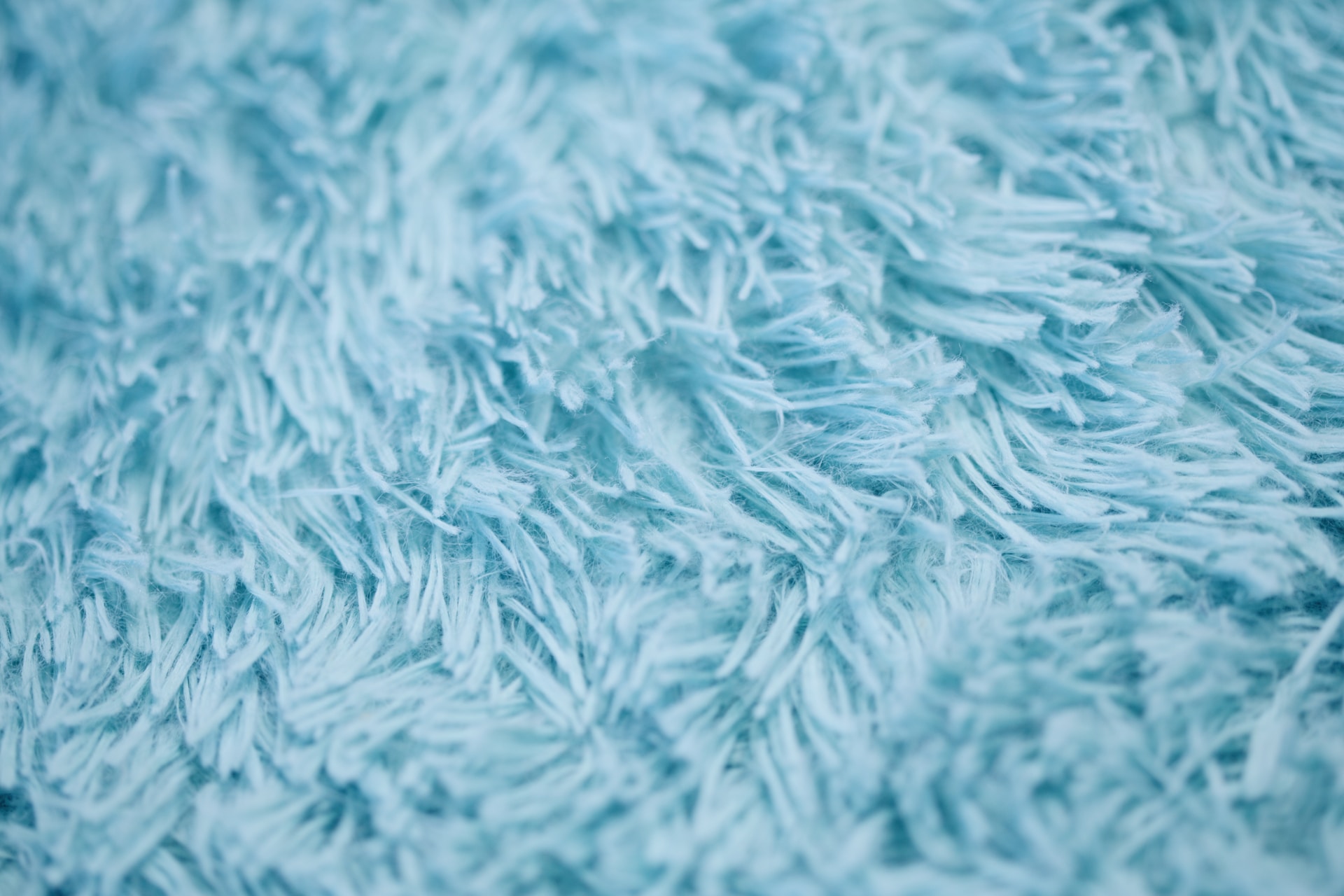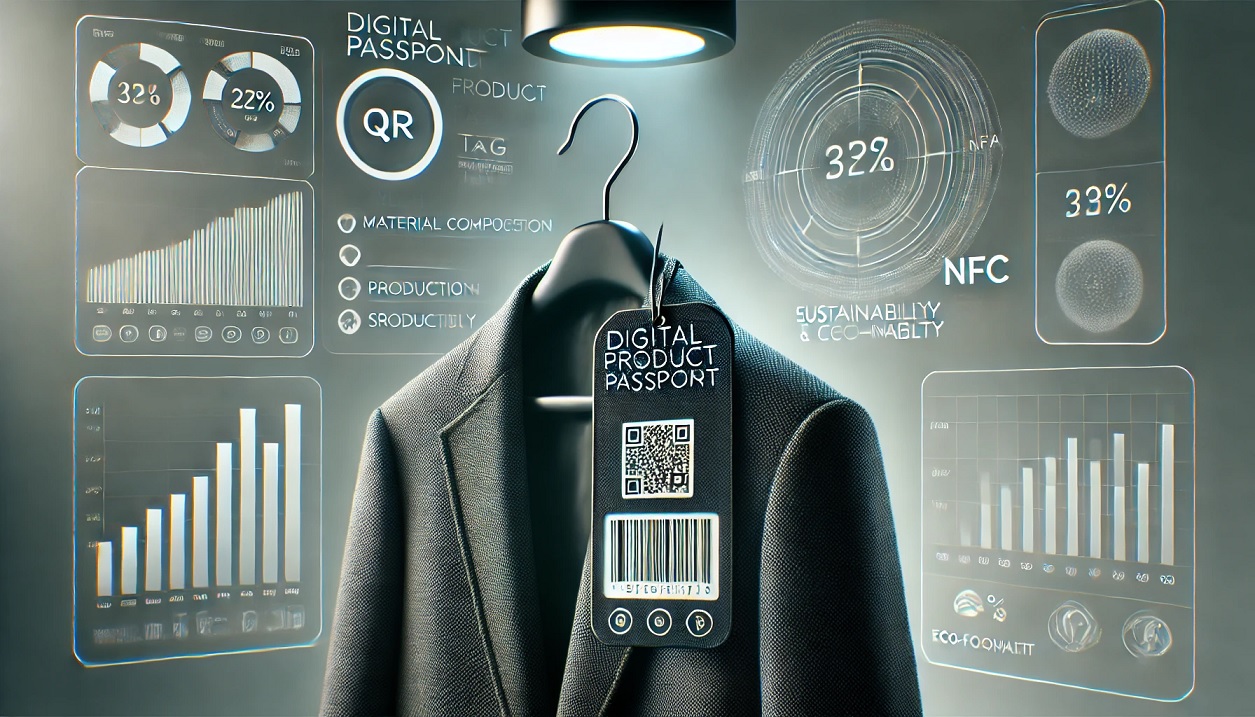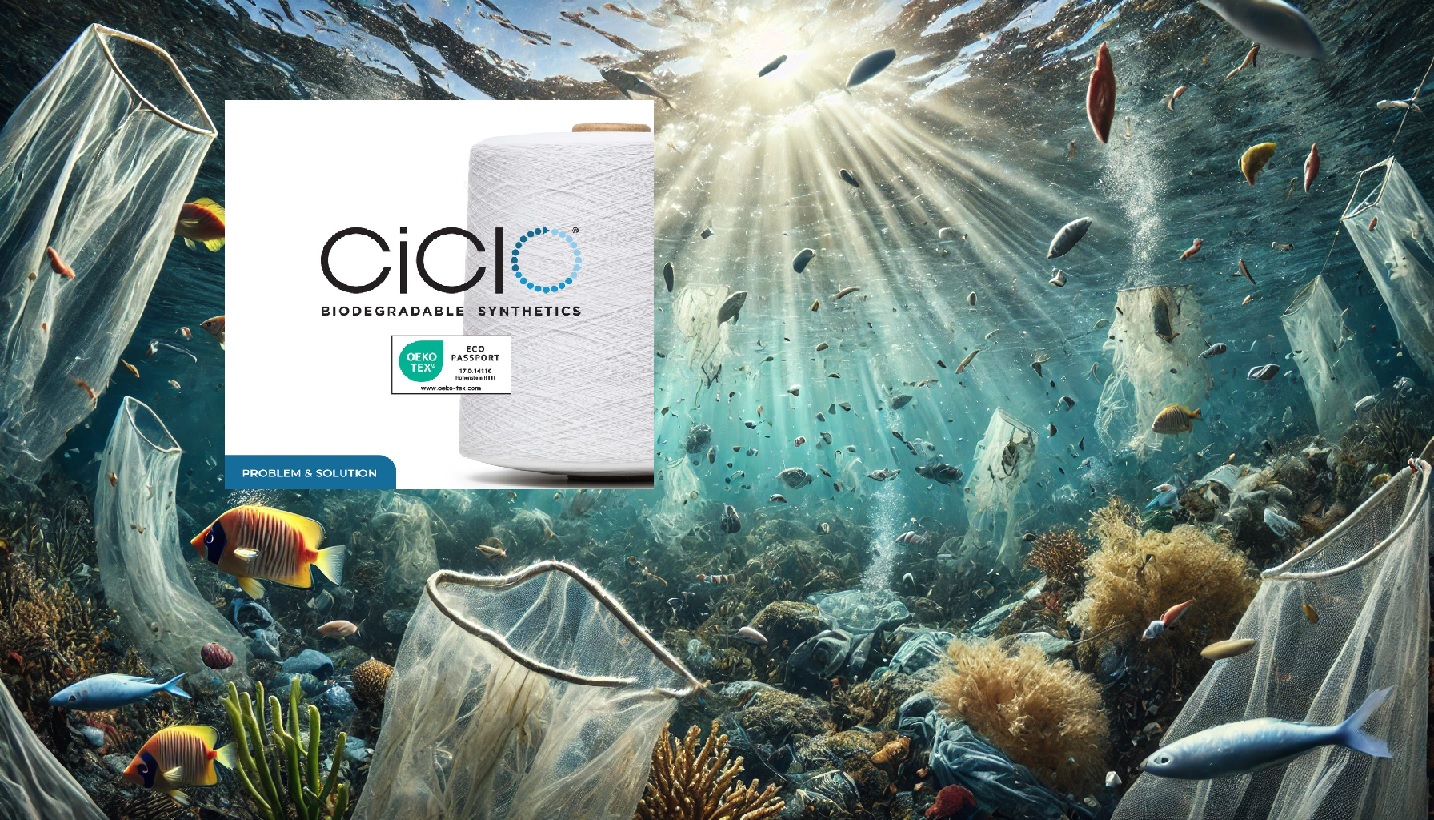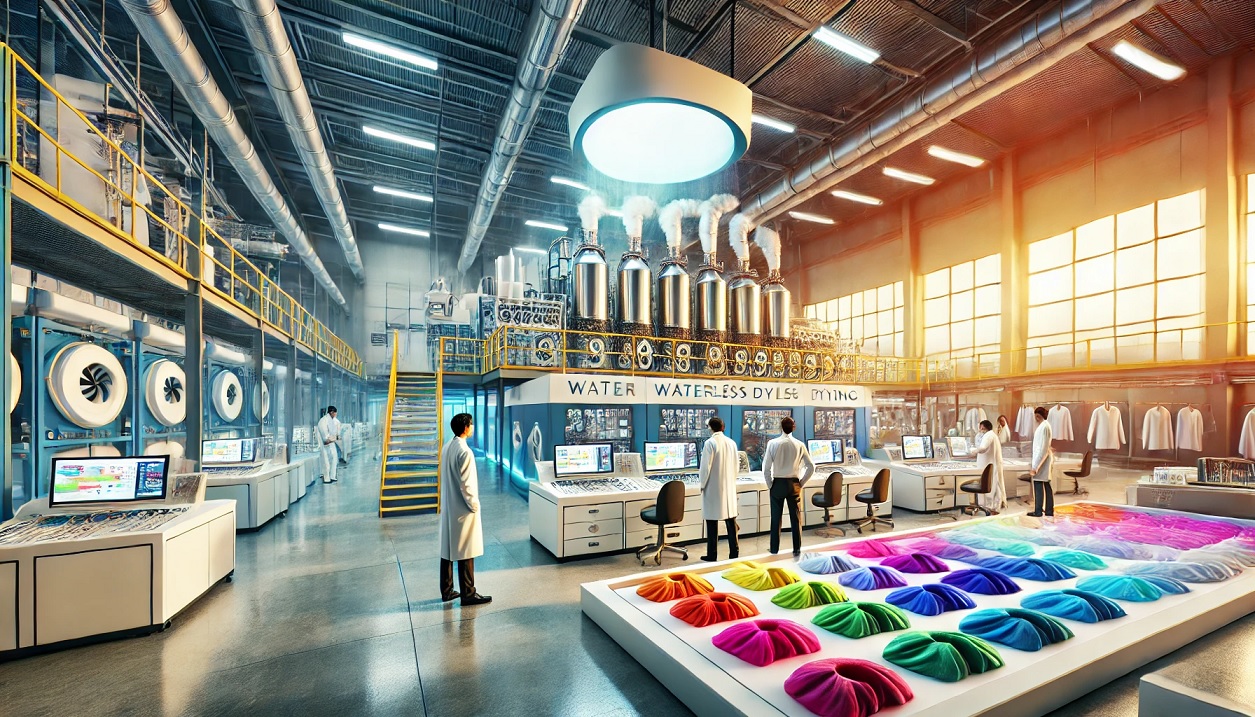Microplastics are tiny pieces of plastic that have become ubiquitous in the environment, posing a threat to wildlife, ecosystems, and human health. In this article, we will explore what microplastics are, where they come from, how they affect different aspects of the environment, and what we can do to reduce their impact and prevent further pollution.
Introduction to Microplastics
What are Microplastics?
Microplastics are defined as plastic particles that are less than 5 millimeters (0.2 inches) in size. They can be classified into two types: primary and secondary.
Primary microplastics are intentionally manufactured or used in small sizes, such as microbeads in cosmetics, synthetic microfibers in clothing, and pellets for plastic production.
Secondary microplastics are formed from the fragmentation or degradation of larger plastic items, such as bottles, bags, clothes and fishing nets. Microplastics can have various shapes, colors, and compositions, depending on their origin and exposure to environmental factors.
Origins of Microplastics
Microplastics can originate from various sources, both land-based and marine-based.
Land-based sources include urban runoff, washing synthetic fiber textiles and clothing, wastewater treatment plants, industrial activities, agricultural practices, and landfill leachate.
Marine-based sources include fishing activities, aquaculture, shipping, and coastal tourism. The microplastics can also be transported by wind, water currents, and biota across different regions and ecosystems.
Microplastics Size Ranges and Types
Microplastics can vary in size from nanometers to millimeters. Some researchers have proposed to further categorize microplastics into subgroups based on their size ranges: large microplastics (1-5 mm), small microplastics (0.1-1 mm), nanoplastics (<0.1 mm), and even picoplastics (<0.001 mm). The size of microplastics can affect their behavior, fate, and impact in the environment.
Microplastics can also be classified into different types based on their polymer composition. Some of the most common types of microplastics are polyethylene (PE), polypropylene (PP), polystyrene (PS), polyethylene terephthalate (PET), polyvinyl chloride (PVC), and nylon. These types of plastics have different physical and chemical properties, such as density, solubility, melting point, and biodegradability.
The Pervasive Presence of Microplastics
Microplastics in the Ocean
The ocean is one of the major sinks for microplastic pollution. It is estimated that about 8 million tons of plastic waste enter the ocean every year, and a significant portion of it is microplastic. Microplastics can be found in all marine habitats, from the surface to the seafloor, from the coast to the open ocean, and from the tropics to the poles. Microplastics can also accumulate in oceanic gyres, which are large circular currents that trap floating debris. The most well-known example is the Great Pacific Garbage Patch, which covers an area of about 1.6 million square kilometers (0.6 million square miles).
Microplastics in Freshwater Bodies
Freshwater bodies, such as rivers, lakes, and wetlands, are also contaminated by microplastic pollution. Freshwater bodies receive microplastic inputs from various sources, such as urban runoff, wastewater effluents, industrial discharges, agricultural runoff, and atmospheric deposition. Microplastics can also be transported by freshwater systems to the ocean or to groundwater aquifers. A global study found that microplastic concentrations in freshwater bodies ranged from 0 to 10^6 particles per cubic meter.
Microplastics in the Atmosphere
Airborne microplastics are another emerging concern for environmental and human health. These microplastics can originate from various sources, such as road traffic, textile fibers, tire wear, plastic waste incineration, and wind erosion. Airborne microplastics can be transported over long distances by wind currents and can deposit on different surfaces, such as soil, water bodies, vegetation, and buildings. These microplastics can also be inhaled by humans and animals or ingested through food crops.
Microplastics in Soil
Soil is another important reservoir for microplastic pollution. Soil can receive microplastic inputs from various sources, such as land application of sewage sludge or compost containing microplastics, agricultural use of plastic mulching or irrigation with wastewater, littering or dumping of plastic waste, and atmospheric deposition of airborne microplastics. Microplastics can affect soil quality, fertility, and biodiversity by altering soil structure, water retention, nutrient cycling, and microbial activity. Microplastics can also leach or transfer contaminants to soil organisms or plants.
The Impact of Microplastics on the Environment
Microplastics and Wildlife
Microplastics can have adverse effects on wildlife by causing physical, chemical, and biological harm. Physical harm can result from ingestion or entanglement of microplastics, which can cause blockage, injury, inflammation, or reduced feeding and growth of animals. Chemical harm can result from exposure to additives or contaminants associated with microplastics, which can cause endocrine disruption, oxidative stress, immunotoxicity, or genotoxicity. Biological harm can result from interaction with microorganisms or parasites attached to microplastics, which can cause infection, disease, or altered behavior.

Microplastics and Marine Life
Microplastics can have significant impacts on marine life by affecting their physiology, ecology, and evolution. They can be ingested by marine organisms at different trophic levels, from plankton to fish to mammals. Ingestion of microplastics can reduce the stomach capacity, energy intake, and growth rate of marine animals. Microplastics can also transfer along the food web and accumulate in the tissues of predators. Exposure to microplastics can alter the reproductive function, development, metabolism, and behavior of marine animals. Microplastics can also induce genetic mutations, epigenetic changes, or adaptation in marine organisms.
Implications for Ecosystems
Microplastics can have implications for ecosystems by affecting their structure, function, and services. They can alter the diversity, abundance, and distribution of species in different habitats. Microplastics can also affect the interactions among species, such as predation, competition, symbiosis, and parasitism. They can also influence the biogeochemical cycles of carbon, nitrogen, phosphorus, and other elements in the environment. Microplastics can also affect the provision of ecosystem services, such as food production, water purification, climate regulation, and recreation.
Human Interaction with Microplastics
Microplastics in Drinking Water
Microplastics have been detected in drinking water sources, such as tap water and bottled water, around the world. A global study found that 83% of tap water samples and 93% of bottled water samples contained microplastic particles. The main sources of microplastic contamination in drinking water are plastic pipes, faucets, filters, bottles, and caps. The types and concentrations of microplastic particles in drinking water vary depending on the location, water source, treatment process, and sampling method.
Microplastics in Food and Beverages
Microplastics have been found in various food items and beverages, such as seafood, salt, honey, beer, and tea. Seafood is one of the major sources of microplastic ingestion for humans, as many marine organisms accumulate microplastic particles in their tissues. A study estimated that an average European seafood consumer could ingest up to 11,000 microplastic particles per year. Other food items and beverages can also contain microplastic particles due to contamination during production, processing, packaging, or storage.
The Potential Health Impacts of Microplastics
The potential health impacts of microplastic exposure for humans are not well understood and require more research. However, some studies have suggested that microplastic exposure could pose some health risks for humans by causing physical, chemical, and biological effects. Physical effects could include irritation, inflammation, or damage to the gastrointestinal tract, respiratory tract, or other organs. Chemical effects could include disruption of hormone levels, immune system function, or gene expression. Biological effects could include infection, disease transmission, or altered microbiome.
Solutions and Preventive Measures for Microplastic Pollution
Microplastic Removal Techniques
Microplastic removal techniques are methods that aim to reduce the amount of microplastic pollution in the environment. These methods can be applied at different stages of the plastic life cycle, such as production, consumption, disposal, or treatment. Some examples of microplastic removal techniques are:
- Using biodegradable or alternative materials instead of conventional plastics
- Using bans or regulations on the production, use, or release of microplastics or microplastic-containing products
- Implementing best practices or standards for plastic waste management, recycling, or disposal
- Developing or applying technologies or methods for microplastic detection, monitoring, or removal in water, air, or soil
- Conducting or supporting research or innovation on microplastic removal techniques
- However, microplastic removal techniques are not enough to solve the problem of microplastic pollution. They are often costly, inefficient, or limited in scope and scale. Therefore, preventive measures are also needed to reduce the generation and emission of microplastics at the source.
Policy and Regulatory Measures
Policy and regulatory measures are actions that aim to reduce the production, use, or release of microplastics or microplastic-containing products by implementing laws, rules, or standards at different levels of governance, such as local, national, regional, or international. Some examples of policy and regulatory measures are:
- Banning or restricting the use of microbeads in cosmetics, personal care products, or other products that can be washed down the drain. Several countries, have already partially or fully implemented such bans or restrictions.
- Banning or reducing the use of single-use plastics, such as bags, straws, cutlery, or bottles, that can easily end up in the environment. Several countries, have already implemented such bans or reductions.
- Implementing extended producer responsibility (EPR) schemes that require producers or manufacturers of plastic products to take responsibility for the collection, recycling, or disposal of their products after use. Several countries, have already implemented such schemes.
- Adopting international agreements or conventions that address the issue of marine plastic pollution and promote cooperation and coordination among different stakeholders.
However, policy and regulatory measures are not sufficient to solve the problem of microplastic pollution. They often face challenges such as lack of enforcement, compliance, or coordination among different actors. Therefore, public awareness and education are also needed to increase the understanding and engagement of the public on this issue.
Public Awareness and Education
Public awareness and education are activities that aim to increase the understanding and engagement of the public on the issue of microplastic pollution and its solutions. Some examples of public awareness and education activities are:
- Conducting or supporting campaigns, events, or initiatives that raise awareness about the sources, impacts, and solutions of microplastic pollution, such as Plastic Free July, World Oceans Day, or Beat the Microbead.
- Developing or disseminating educational materials, resources, or tools that inform the public about the facts, myths, and tips on microplastic pollution, such as brochures, posters, videos, or apps.
- Encouraging or facilitating public participation or involvement in microplastic research, monitoring, or removal, such as citizen science projects, beach clean-ups, or plastic audits.
However, public awareness and education are not enough to solve the problem of microplastic pollution. They often face barriers such as lack of interest, motivation, or behavior change among the public. Therefore, future directions in microplastic research are also needed to fill the knowledge gaps and provide evidence-based solutions for this issue.
Future Directions in Microplastic Research
Microplastic research is a relatively new and rapidly growing field of study that aims to provide scientific knowledge and evidence for the understanding and management of microplastic pollution. However, there are still many knowledge gaps and uncertainties that need to be addressed by future research. Some of the main research questions and challenges are:
- How to improve the methods and standards for microplastic sampling, analysis, identification, and quantification in different environmental matrices, such as water, air, soil, biota, and food?
- How to assess the exposure, fate, transport, and distribution of microplastics in different environmental compartments, such as surface water, groundwater, sediment, atmosphere, and biosphere?
- How to evaluate the effects and mechanisms of microplastics on different levels of biological organization, such as molecular, cellular, tissue, organ, organism, population, community, and ecosystem?
- How to determine the human health risks and impacts of microplastic exposure through different routes, such as ingestion, inhalation, or dermal contact?
- How to develop and implement effective and sustainable solutions and strategies for microplastic prevention, reduction, removal, and recycling?
Conclusion
The Future of Microplastics
Microplastics are a global environmental problem that is likely to persist and worsen in the future. According to a projection by the World Economic Forum, there could be more plastic than fish in the ocean by 2050 if current trends continue. Microplastics could have long-term and irreversible consequences for the environment and human health by affecting the functioning and resilience of natural systems. Microplastics could also have social and economic implications by affecting the livelihoods and well-being of millions of people who depend on the environment for food, water, income, or recreation.
Personal Action Steps to Reduce Microplastics
While microplastic pollution is a complex and challenging issue that requires collective action from different stakeholders, such as governments, industries, researchers, and civil society, individuals can also play a role in reducing microplastic pollution by taking some simple and practical steps in their daily lives. Some examples are:
- Avoid buying or using products that contain or generate microplastics, such as cosmetics with microbeads, synthetic clothing with microfibers, or plastic packaging with microfragments.
- Choose reusable, recyclable, or biodegradable alternatives to plastic products whenever possible, such as glass bottles, metal straws, or bamboo toothbrushes.
- Dispose of plastic waste properly and responsibly by following the local recycling guidelines or participating in clean-up campaigns.
- Educate yourself and others about the sources, impacts, and solutions of microplastic pollution by reading reliable information sources, joining awareness campaigns, or supporting advocacy groups.
Remember: every little bit counts when it comes to saving our oceans and our health from microplastics.



